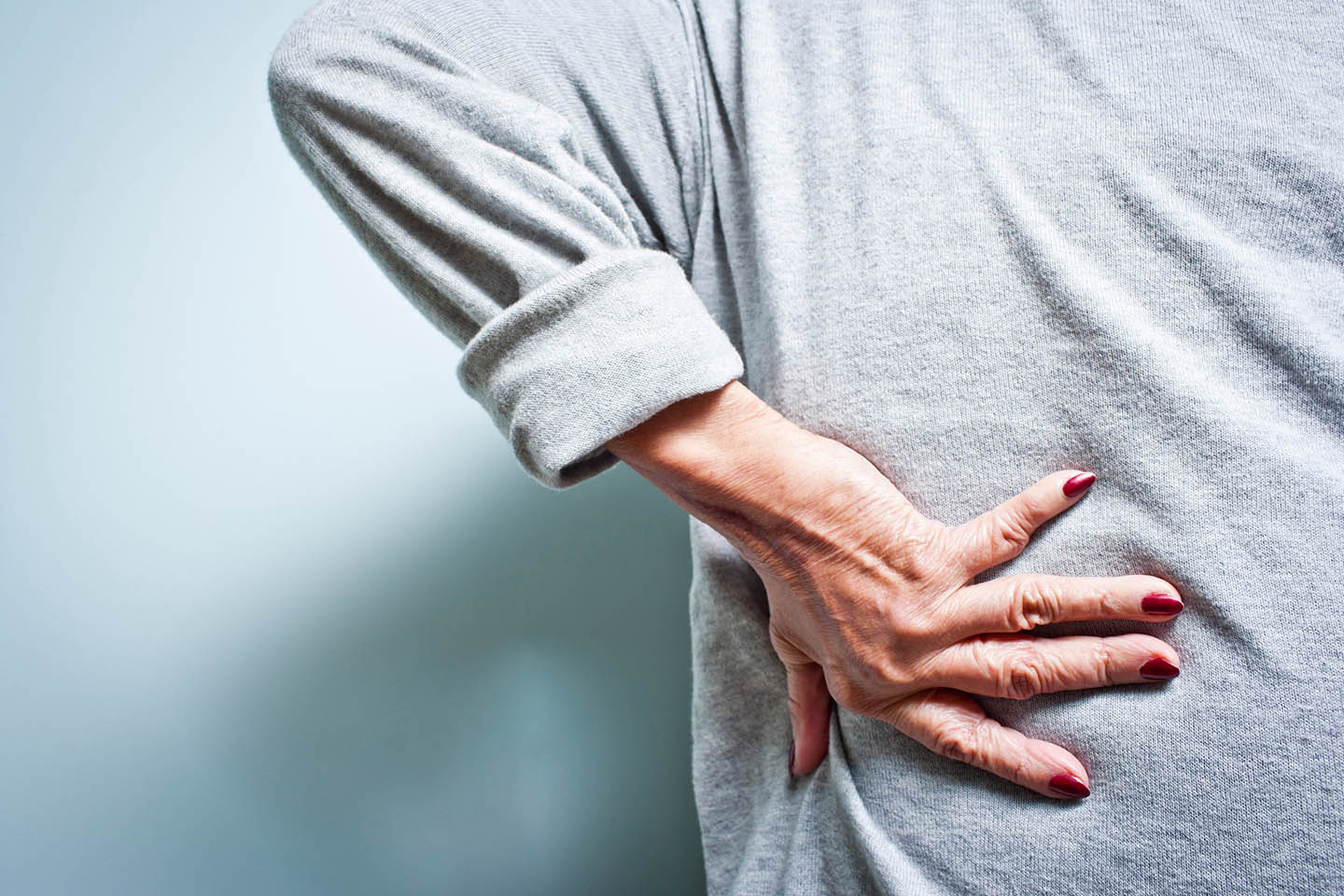Why do we suffer from aches and pains?
Muscle aches and pains are part of life. They usually affect the support structures that allow you to move about in daily life: bones, muscles, ligaments, and tendons. Musculoskeletal pain can be caused by poor posture, repetitive motions, overuse, and just plain old wear and tear. We all have unconscious habits that can exacerbate this wear and tear. However, by paying some attention to correcting these habits, we can begin to give our bodies a break.
Hunching at your desk increases the pressure on the spine, leading to neck and shoulder pain. Sitting while crossing your legs makes the problem even worse. This position puts increased compressive forces on the lumbar spine and puts your abdominal muscles in a weak condition to work to stabilize your waist. And that can all damage your spine and hips, leading to joint pain. In fact, staying stationary for too long anywhere, let alone a desk can be detrimental. We’re built to move. If you’re not moving around enough, you’re not doing yourself any favours.
Things you can do yourself
Learn the ergonomically proper way to set up your desk, or, if it’s available at your office, consider getting a stand-up desk. Speak to your health and safety officer or an occupational therapist for details. When you sit, keep both feet on the floor and keep knees parallel with your hips. Exercise! Even if it means getting up from your desk to go and grab a cup of coffee, moving around promotes blood flow, wakes up muscles and nerves and refreshes the brain. Better still, do some form of activity that strengthens the postural muscles; walking, yoga, swimming or Pilates for example.
Things a massage therapist can do
Therapeutic massage is an ancient means of treating musculoskeletal pain that continues to be popular today. Massage therapists help relieve pain by pressing and rubbing the muscles and soft tissues of your body. Some forms of massage use long strokes and kneading movements to relax the muscles, while others focus on applying pressure to encourage knotted muscles to let go. In a single session your massage therapist can release muscular tension, and over a series of sessions, can address the underpinning issues causing joint pain or injury.
